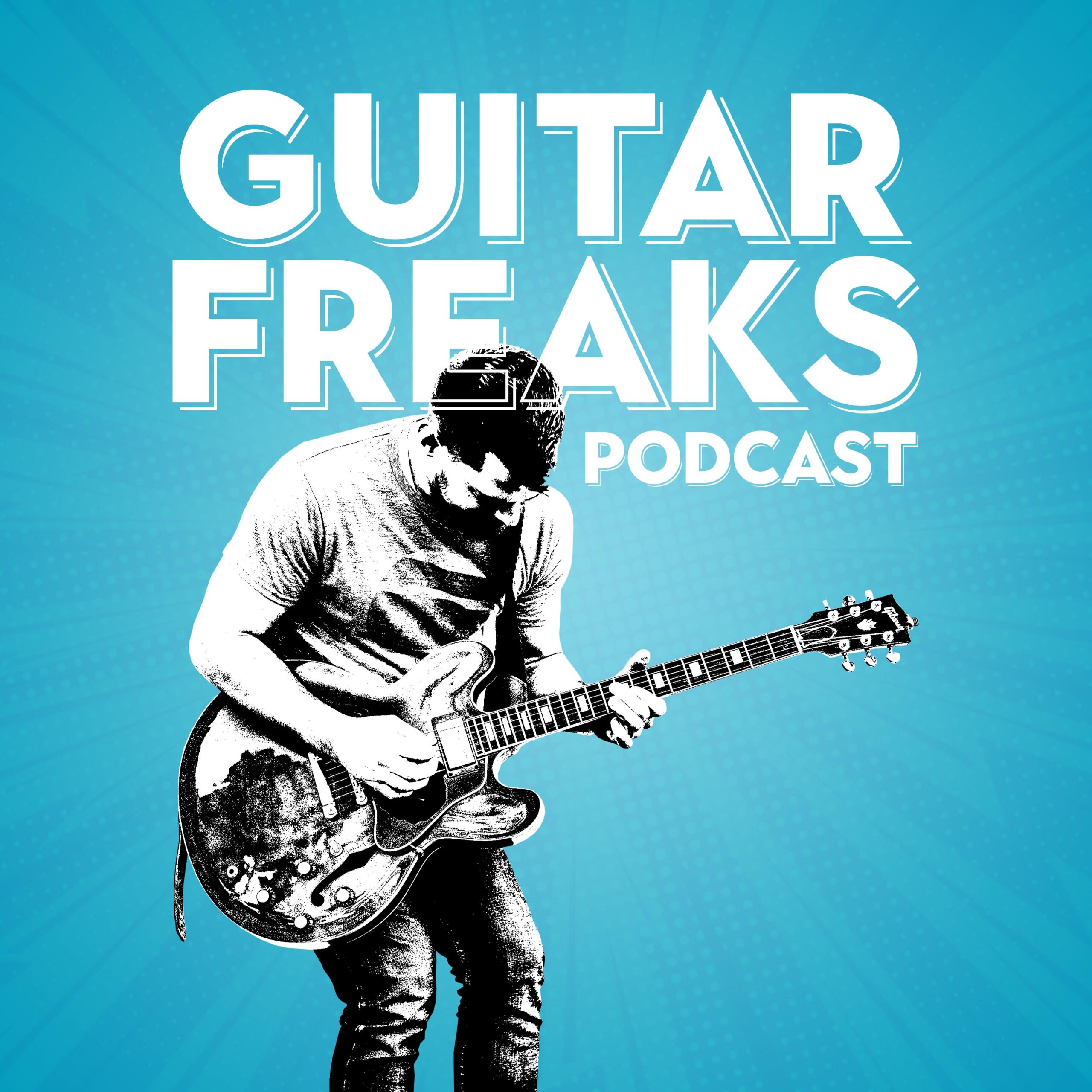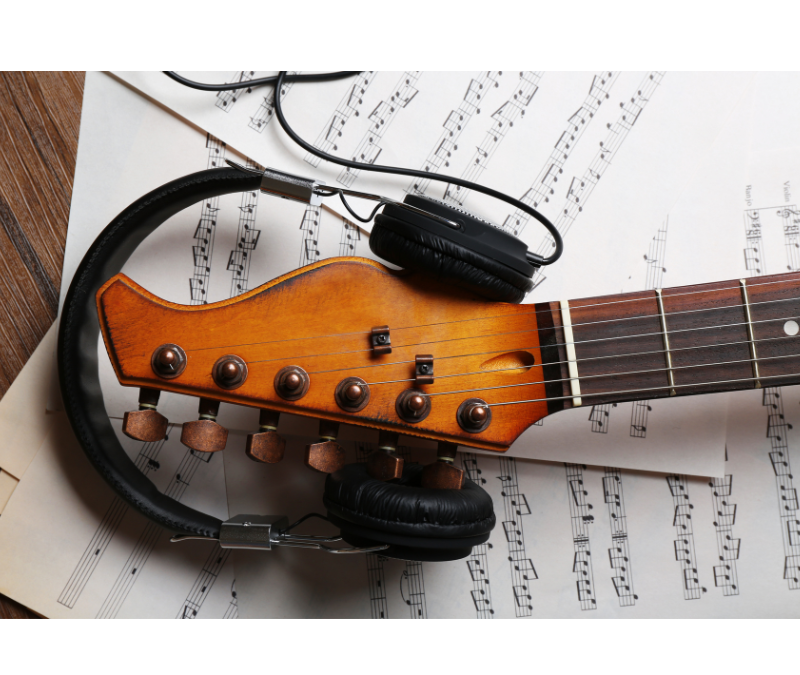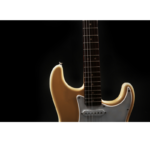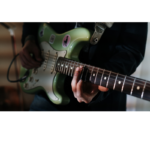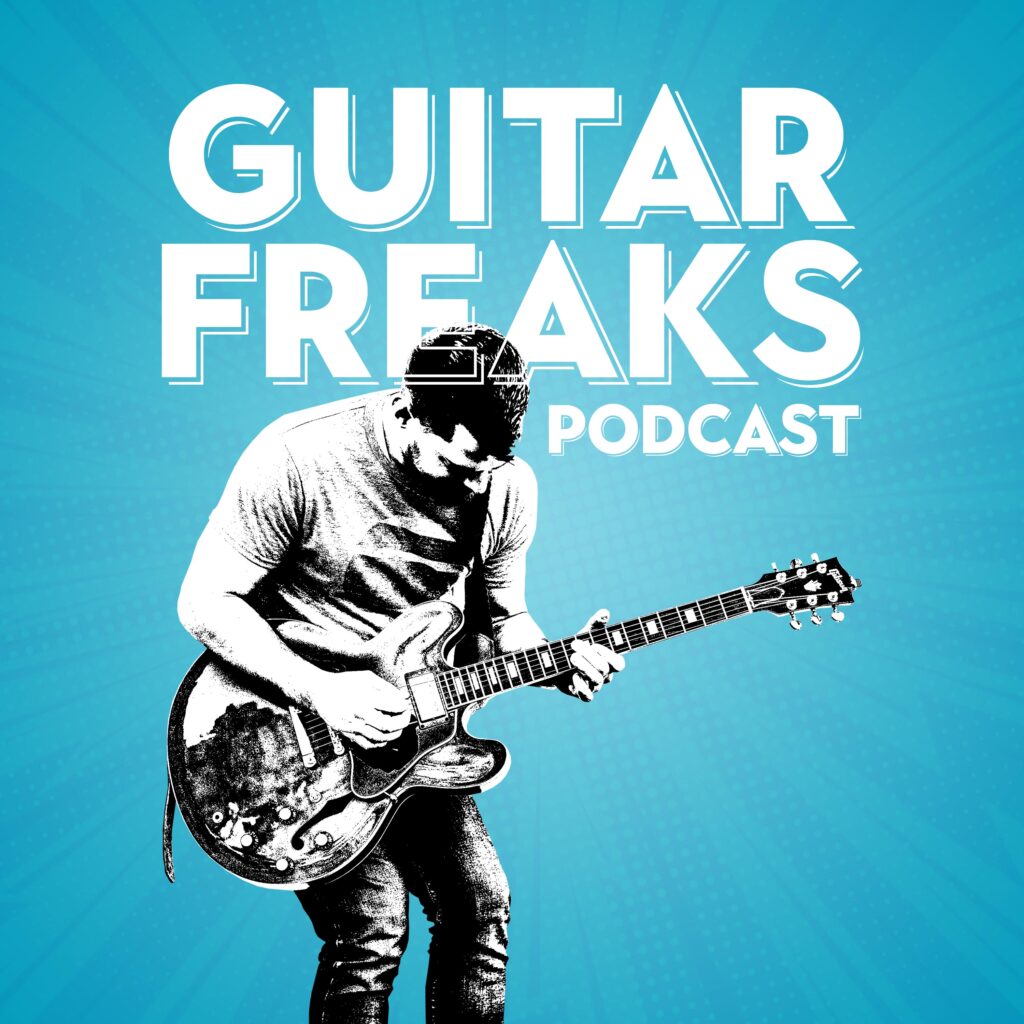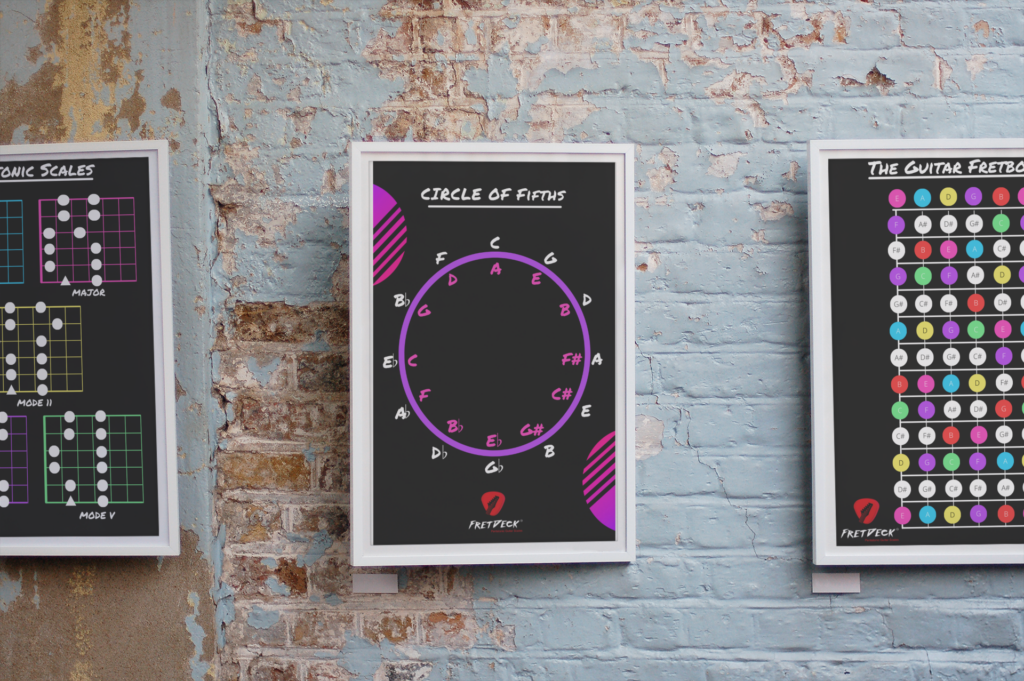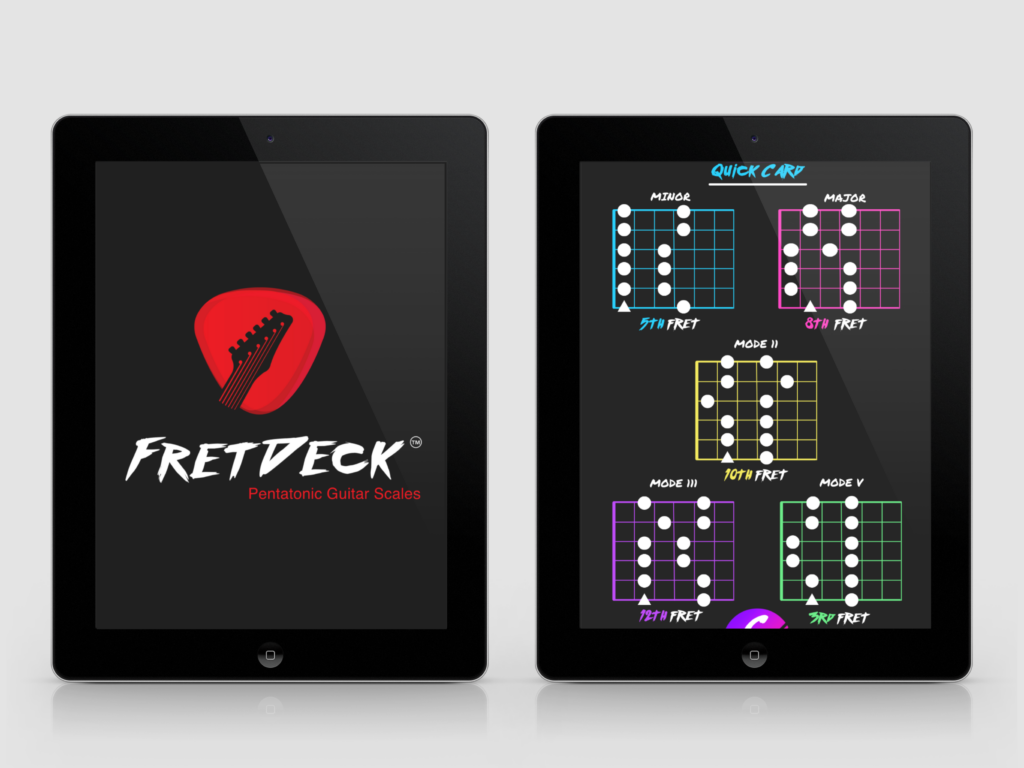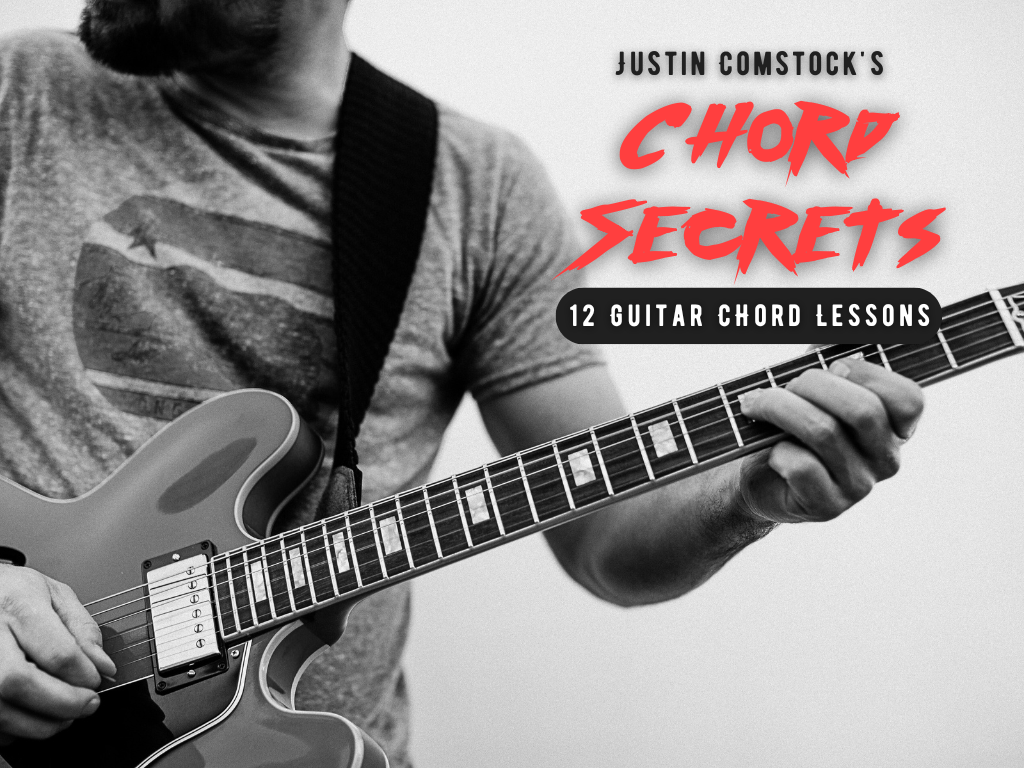There’s something magical about the guitar fretboard — a map that can feel like both a maze and a revelation. Every guitarist, from Clapton to Mayer to the kid in a garage band somewhere, has wrestled with it. You’ve probably looked down at your guitar and wondered, “How do I really learn this thing? How do I make it feel like home?”
That’s where the five pentatonic patterns come in — and where FretDeck: Pentatonic Scales can completely change the way you see your instrument.
Let’s dig in.
🎸 The Fretboard: Your True Musical Landscape
The guitar fretboard isn’t just wood and wire — it’s a visual map of sound. Every note, chord, and lick you’ll ever play lives here.
But here’s the truth most players don’t realize early on:
You can’t master the guitar without mastering its geography.
And the easiest path into that geography?
The five pentatonic patterns.
These five shapes are the foundation of countless solos and riffs. From Hendrix’s fire to B.B. King’s soul, the pentatonic scale is the DNA of expressive guitar playing. Once you learn these five interlocking patterns, the fretboard stops feeling like a mystery and starts feeling like a playground.
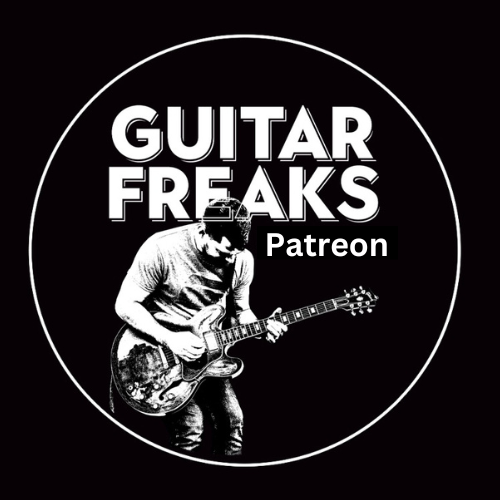
🎸 Join the Guitar Freaks Patreon!
Get SoloCraft™ E-Book & FretDeck™ FREE!
Join Guitar Freaks on Patreon and instantly unlock my full e-book SoloCraft & FretDeck™ Guitar Scales—your step-by-step guide to fretboard mastery and crafting soulful solos.
New video lesson drops every Friday so you’ve always got a fresh, focused practice plan for the week.
👉 Don’t miss out—join now and grab your free copy!
🔑 Why Pentatonic Scales Work
The pentatonic scale is the perfect teacher. It’s made of only five notes — simple, musical, forgiving. You can play it over major or minor progressions, blues jams, even jazz standards, and it always sounds good.
It’s the reason your favorite solos feel so natural — the bends, slides, and runs all trace back to these simple patterns.
Think of them like five doorways into the same room. Each doorway opens a different view of the same music, and once you learn to walk through them seamlessly, you can move anywhere on the neck without hesitation.
🎵 The 5 Pentatonic Patterns (in A minor)
Let’s look at these patterns through a real-world example: the A minor pentatonic scale.
Pattern 1 – The Home Base
This is where most guitarists start. The comfort zone.
e|---5---8---
B|---5---8---
G|---5---7---
D|---5---7---
A|---5---7---
E|---5---8---
Everything about blues, rock, and early soloing begins here. Pattern 1 is your compass.
Pattern 2 – The Next Step
e|---8---10---
B|---8---10---
G|---7---9----
D|---7---10---
A|---7---10---
E|---8---10---
This is the shape that connects you upward. Learn to slide from Pattern 1 into Pattern 2, and suddenly your solos expand in range and expression.
Pattern 3 – The Middle Ground
e|---10---12---
B|---10---13---
G|---9----12---
D|---10---12---
A|---10---12---
E|---10---12---
Pattern 3 gives your solos a more melodic contour. This is where players like John Mayer or Eric Johnson start weaving melody into movement.
Pattern 4 – The High Ground
e|---12---15---
B|---13---15---
G|---12---14---
D|---12---14---
A|---12---15---
E|---12---15---
Pattern 4 is all about upper-register phrasing — sweet bends, crying vibrato, soaring notes. Think David Gilmour territory.
Pattern 5 – The Return Home
e|---15---17---
B|---15---17---
G|---14---17---
D|---14---17---
A|---15---17---
E|---15---17---
This pattern loops back to your starting point — completing the map. You can now play across the entire neck without losing your bearings.
🧠 How to Learn the Pentatonic Patterns (Without Overload)
Learning all five shapes can feel like cramming for a test. But here’s the trick: don’t memorize — internalize.
Here’s how:
1. Learn One Shape at a Time
Focus on Pattern 1 for a week. Play it over jam tracks. Improvise, explore, and own it. Once it’s second nature, move to Pattern 2.
2. Connect the Dots
See how one shape flows into the next. Play ascending in Pattern 1, then slide into Pattern 2. Hear the continuity. That connection is where fretboard mastery begins.
3. Play in Context
Theory alone doesn’t teach feel. Play along with backing tracks. Improvise over a slow blues in A minor. These scales are meant for movement.
4. Use a Visual Tool — Like FretDeck
When you can see how patterns connect, everything clicks faster. FretDeck literally lays out the fretboard for you — pattern by pattern, key by key.
No guesswork. Just clarity.
🎯 Why FretDeck Changes the Game
FretDeck: Pentatonic Scales isn’t a theory book or a boring PDF — it’s a visual system for mastering the fretboard.
Each card in the deck shows you one of the five patterns in every key — 60 scales total — with the root notes highlighted.
Here’s how you can use it:
- Shuffle through keys: Practice moving between A minor, C major, G minor, etc. You’ll see how each key sits on the fretboard.
- Memorize visually: Seeing the shapes in front of you trains your brain faster than endless repetition.
- Jam smarter: When you know your patterns cold, your fingers start making musical choices — not just muscle memory moves.
It’s like having a guitar teacher in your pocket — one that doesn’t nag but keeps you honest.

🎸 Join the Guitar Freaks Patreon!
Get SoloCraft™ E-Book & FretDeck™ FREE!
Join Guitar Freaks on Patreon and instantly unlock my full e-book SoloCraft & FretDeck™ Guitar Scales—your step-by-step guide to fretboard mastery and crafting soulful solos.
New video lesson drops every Friday so you’ve always got a fresh, focused practice plan for the week.
👉 Don’t miss out—join now and grab your free copy!
🧩 The Real Goal: Fretboard Fluency
Let’s be honest — every guitarist dreams of playing anywhere on the neck without thinking.
That’s what I call fretboard fluency.
It’s when your hands and ears speak the same language. When you can hear a melody in your head and instantly find it on your guitar.
The pentatonic patterns are your gateway to that level of control. But seeing how they fit together — that’s the real secret.
That’s why I designed FretDeck.
To give players a clear, tactile way to visualize the fretboard — not as five disconnected boxes, but as one continuous highway of notes.
💡 Pro Practice Prompts
Here are a few of my favorite FretDeck-inspired practice ideas:
- “The Slide Drill”
Pick any pattern and slide into the next one using a bend or a passing tone. You’ll train your fingers to navigate naturally between shapes. - “Call & Response”
Record yourself playing a lick in Pattern 1, then “answer” it in Pattern 2. It’s a classic blues phrasing technique — conversational and expressive. - “One String Soloing”
Solo using only one string while visualizing all five patterns. It forces your ear to lead and deepens your connection to the fretboard. - “Key Shift Challenge”
Shuffle your FretDeck cards. Whatever key you draw, play all five patterns in that key. You’ll quickly build confidence in every position.
⚡ Where the Magic Happens: Improvisation
When you’ve internalized the patterns, that’s when you stop thinking and start feeling.
You’ll start phrasing like a singer — bending into notes, sliding across strings, and landing perfectly on the beat.
A great pentatonic player doesn’t play scales. They play stories — full of tension, release, and personality.
And it all starts by knowing where every note lives on the guitar fretboard.
🎟️ Want to Master the Fretboard Faster?
Let me give it to you straight — you could spend months trying to memorize the fretboard alone…
Or you could join our Guitar Freaks Patreon community today and get everything you need:
✅ FretDeck: Pentatonic Scales (Free for members)
✅ SoloCraft & RhythmCraft eBooks ($40 value — free)
✅ 52 Pentatonic Guitar Challenges
✅ Weekly Guitar Lessons Every Friday
✅ Access to our Guitar Freaks Hangout Discord
🎸 Click here to join today: patreon.com/guitarfreaks
You’ll get instant access to tools, jam tracks, and lessons that’ll make the fretboard second nature.
Stop guessing. Start mastering.

🎸 Join the Guitar Freaks Patreon!
Get SoloCraft™ E-Book & FretDeck™ FREE!
Join Guitar Freaks on Patreon and instantly unlock my full e-book SoloCraft & FretDeck™ Guitar Scales—your step-by-step guide to fretboard mastery and crafting soulful solos.
New video lesson drops every Friday so you’ve always got a fresh, focused practice plan for the week.
👉 Don’t miss out—join now and grab your free copy!
🌐 External Links & Further Study
Final Thought
The guitar fretboard isn’t meant to confuse you — it’s meant to invite you.
The five pentatonic patterns are your invitation to explore.
FretDeck is your map.
And your hands? They’re the vehicle.
Start where you are, pick up your guitar, and see what the fretboard is trying to tell you.
